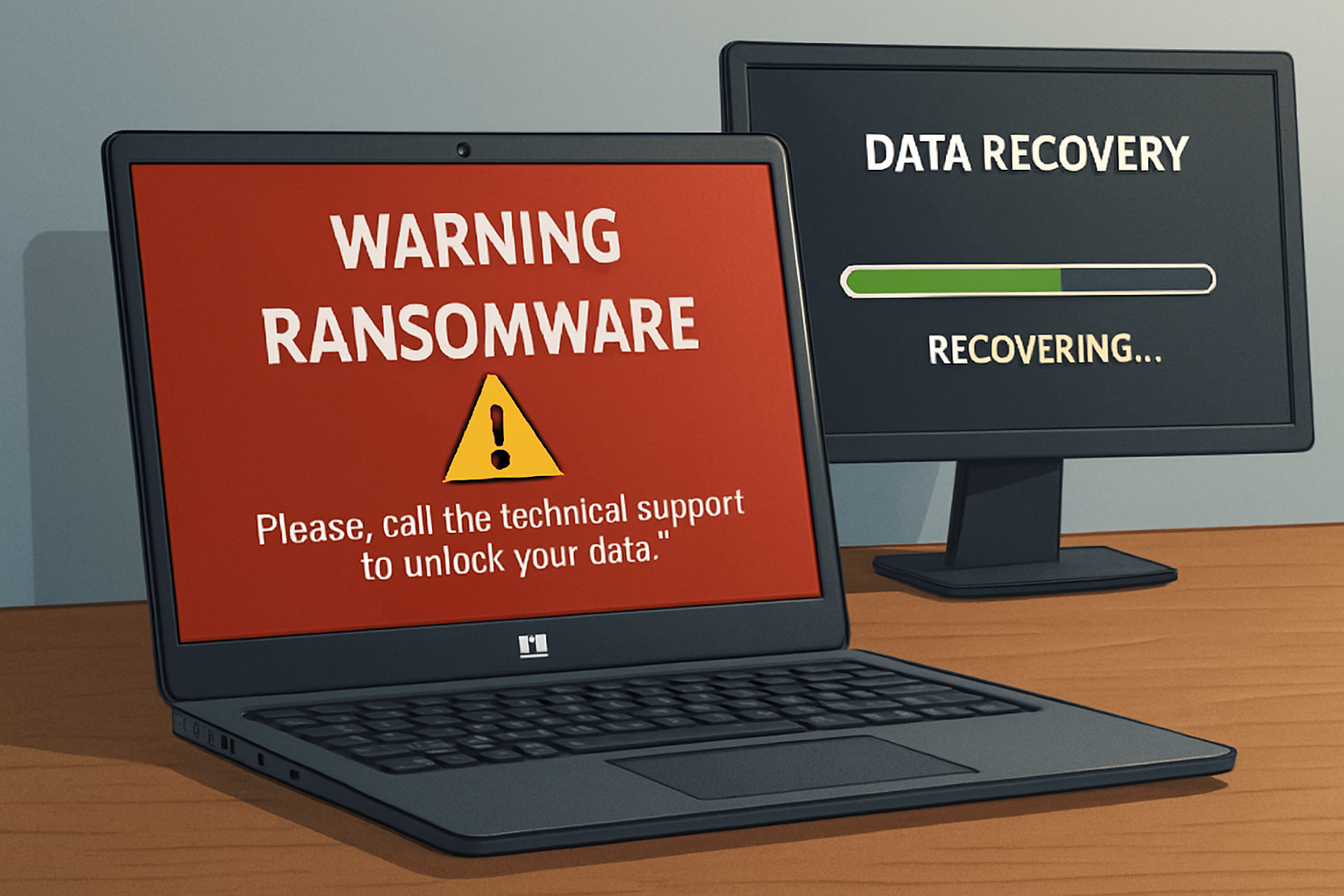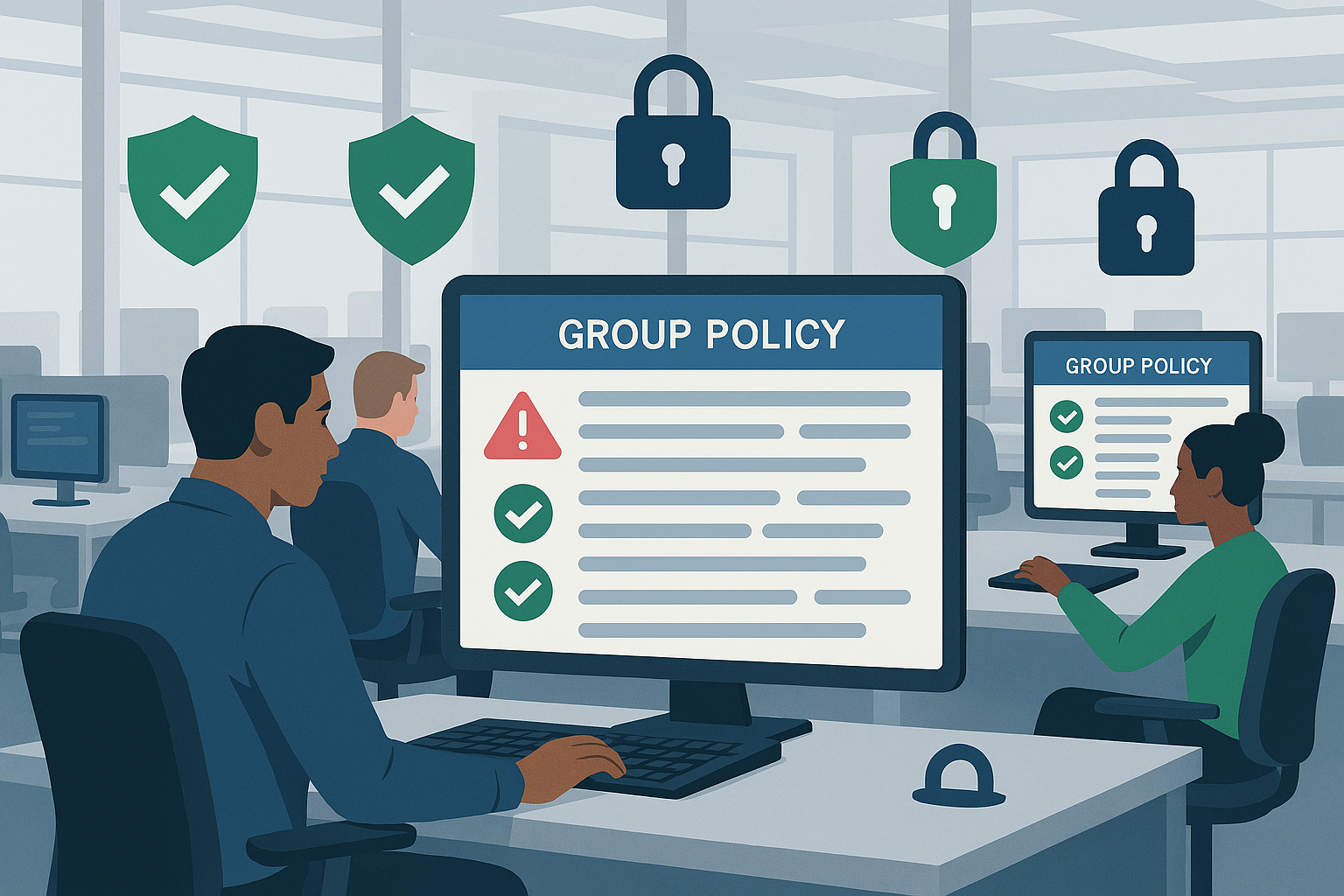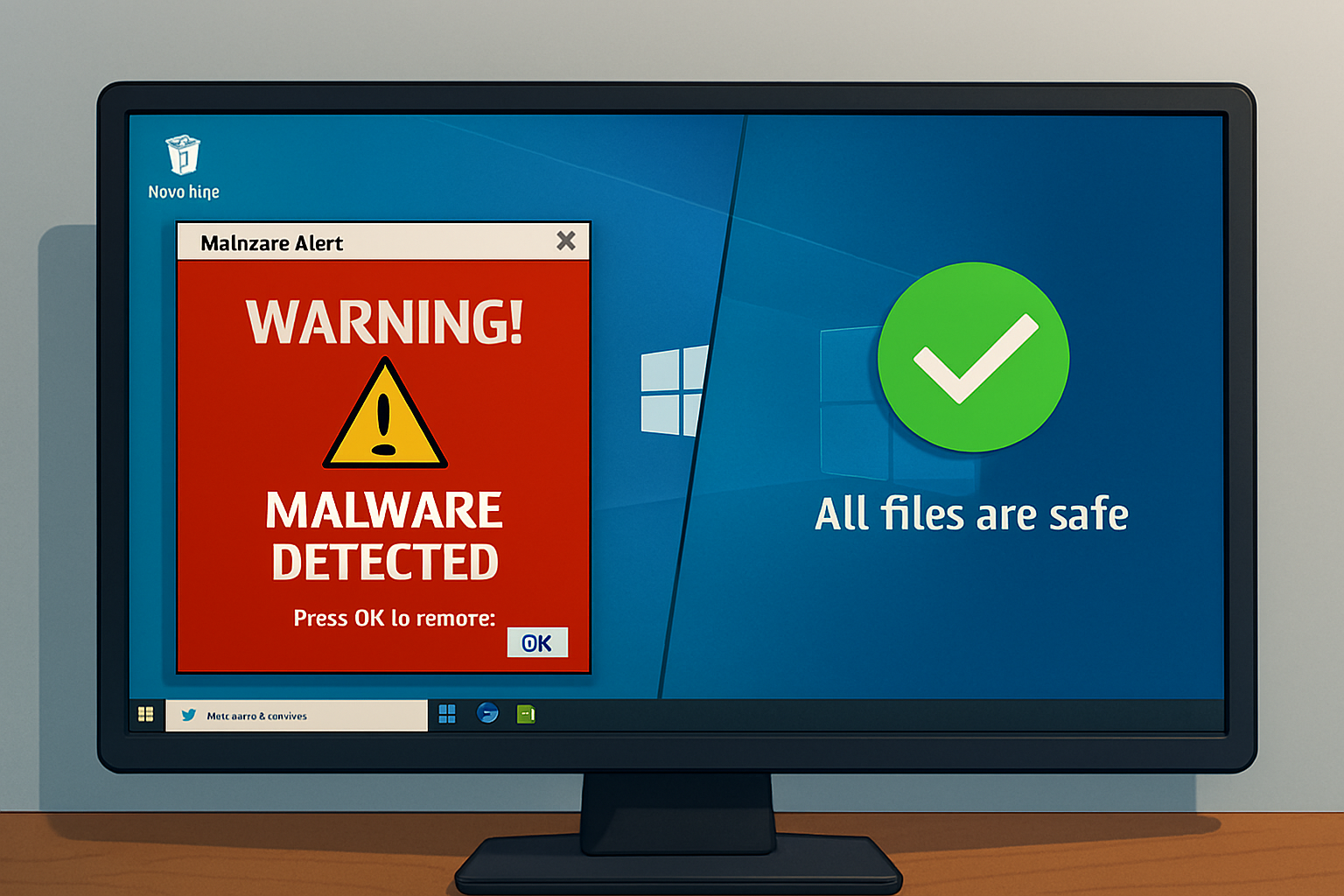How to Recover Files After a Ransomware Attack on Windows
Ransomware is one of the most destructive types of cyberattacks, capable of locking users out of their important files and demanding payment for access. Victims often feel helpless, especially when personal or business data is at risk. However, there are practical steps you can take to restore access to your files and strengthen your defenses. This guide explains how to recover files after a ransomware attack on Windows and outlines prevention strategies to safeguard against future threats.
Understanding Ransomware Attacks
Ransomware is a type of malicious software that encrypts your files, making them inaccessible until a ransom is paid. Attackers typically demand payment in cryptocurrency and may threaten permanent deletion of files if demands are not met. Unfortunately, paying the ransom does not guarantee recovery.
That’s why learning how to recover files after a ransomware attack on Windows without relying on criminals is essential.
Step 1: Disconnect the Infected Device
The first step is to immediately disconnect the affected computer from the internet and local networks. Doing so prevents the ransomware from spreading to other devices or cloud accounts. Unplug Ethernet cables, turn off Wi-Fi, and disable Bluetooth connections.
This isolation gives you control and stops further damage while you assess recovery options.
Step 2: Identify the Ransomware Variant
Not all ransomware is the same. Identifying the specific variant can help you determine the best recovery approach. Tools such as ransomware identification platforms can scan ransom notes or encrypted files to identify the strain.
Knowing the variant helps security professionals recommend free decryption tools, if available, which can be an effective way to recover files after a ransomware attack on Windows.
Step 3: Use Built-in Windows Recovery Options
Windows includes features that may help restore access to your files.
File History
If File History was enabled before the attack, you can restore previous versions of files by right-clicking the file and selecting Restore previous versions.
System Restore
In some cases, rolling back your system to a restore point created before the infection can recover files and undo system damage.
Shadow Copies
Certain ransomware strains delete shadow copies, but if they remain intact, they provide a way to recover files after a ransomware attack on Windows without external tools.
Step 4: Try Professional Decryption Tools
Cybersecurity researchers and security companies often release free decryption tools for specific ransomware variants. These tools can unlock encrypted files without paying a ransom.
Regularly updated collections of decryptors make it possible to recover files after a ransomware attack on Windows in cases where the encryption has been cracked by experts.
Step 5: Restore from Backups
Having a reliable backup is the most effective defense against ransomware. If you maintain offline or cloud backups, you can restore your system to a safe state.
When restoring backups, ensure the ransomware infection has been completely removed before reconnecting drives or syncing files. Otherwise, the backup itself may become compromised.
Step 6: Seek Professional Data Recovery Services
If built-in options and decryptors fail, professional data recovery services may be able to help. These services use advanced methods to recover files after a ransomware attack on Windows, though results vary depending on the encryption level.
While costly, they can be a last resort for critical data that cannot be replaced.
Step 7: Remove the Ransomware Completely
File recovery should only be attempted after removing the malicious software from your system. Use reputable antivirus or antimalware tools to scan and eliminate the ransomware.
Complete system reinstallation may be necessary in severe cases. Once the threat is removed, recovery becomes safer and more effective.
Preventing Future Ransomware Attacks
Recovering your files is only part of the solution. Strengthening your security posture reduces the risk of future incidents.
Update Software Regularly
Install the latest Windows updates and patches to close security gaps that ransomware exploits.
Use Strong Security Tools
Antivirus software, firewalls, and intrusion detection systems add layers of defense against attacks.
Enable Email Filtering
Since many ransomware infections start with phishing emails, use email filters to block suspicious attachments and links.
Maintain Regular Backups
Frequent backups to offline or cloud storage ensure you always have safe copies of critical data.
Practice Safe Browsing
Avoid downloading files or clicking links from untrusted sources. Awareness is one of the best tools to prevent ransomware infections.
When Paying the Ransom is Risky
Some victims consider paying the ransom as a quick solution. However, it is a gamble. Attackers may not deliver the promised decryption key, and payment encourages further criminal activity.
Focusing on trusted recovery methods and professional help is safer and more reliable.
Conclusion
Learning how to recover files after a ransomware attack on Windows is essential for both individuals and organizations. Immediate isolation of the infected device, identifying the ransomware variant, and using Windows recovery options can restore access to files. Free decryption tools, backups, and professional recovery services provide additional solutions.
Equally important is strengthening prevention measures, including system updates, reliable backups, and cybersecurity best practices. While ransomware attacks can be devastating, preparation and knowledge empower you to recover files and protect your data effectively.




Comments are closed